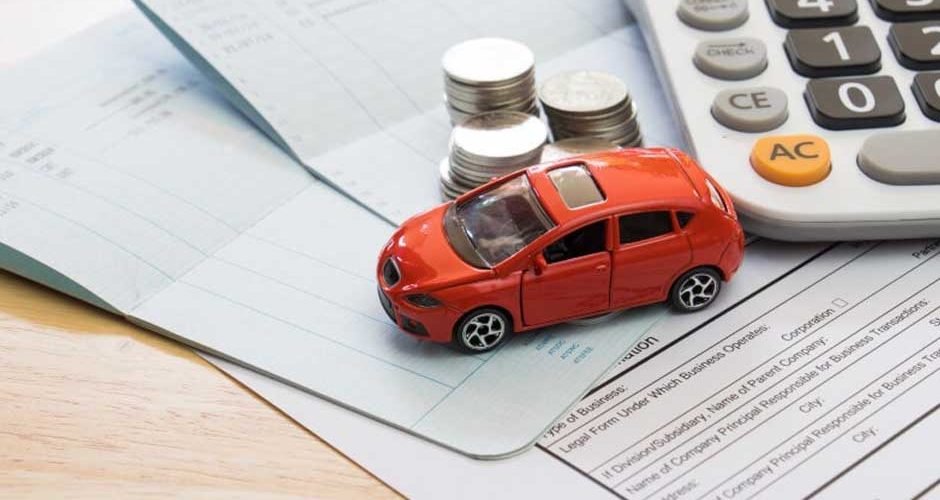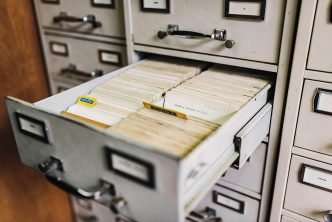Being in a car accident caused by another driver can become frustrating and stressful. You often need to deal with the aftermath, such as recovering from injuries and paying vehicle repair costs. Fortunately, receiving compensation can lessen the financial burden of the collision.
In such instances, you must ensure that the driver in the car accident carries valid insurance, which is critical for safeguarding your rights and seeking compensation for damages. However, verifying insurance coverage can be a complicated process.
In this article, you will learn the necessary steps for efficiently verifying a driver’s insurance coverage. Following these steps will allow you to confidently navigate the post-accident procedure and guarantee you have all the information you need to pursue your claim promptly.
Table of Contents
Importance of an Insurance Policy When Driving
Insurance policies are vital to protecting drivers and their valuables on the road. Whether defending against financial liabilities, paying medical bills in the event of an accident, or guaranteeing legal compliance, having the correct insurance policy is critical for every driver.
In the United States, all drivers should obtain the minimum insurance requirement when traveling. Drivers should also bring proof of insurance at all times in case of a car accident. If you fail to comply with such laws, you may face legal consequences, such as fines.
Aside from the legal requirement, having insurance can also protect you financially in a car accident. Usually, your insurance can cover the damages from a collision, such as medical bills, property repair costs, lost wages, and others. Depending on the coverage and the circumstances of the crash, it can also cover the damages of the other party if you cause the collision.
Can I Receive Compensation for the Accident Caused by Another Driver?
Under the law, every driver must exercise reasonable care while driving. If a driver neglects this duty, commits a violation, and causes a car accident, they may be liable for the damages of the collision.
Negligence, or a breach of this duty of care, is typically determined by four key elements:
- Duty of care: The individual you’re pursuing legal action against must have a duty of care to ensure the safety of you and other road users.
- Negligent behavior: Did the driver’s actions pose a risk to the public and cause an accident? You must show that the collision results from their behavior or actions.
- Causation: It’s essential to establish that the driver’s negligent conduct directly led to the occurrence of the accident. Identifying and eliminating other potential causes of the crash is crucial in attributing fault to the driver.
- Damages: You must sustain injuries or other damages to have the right to compensation in a car accident.
Overall, you have the right to compensation for the car accident if it results from another driver’s negligence, you incur injuries or damages from the collision, and you have evidence to prove it.
Steps to Verify a Driver’s Insurance Coverage
One of the most crucial steps in defending your legal rights after a car accident is gathering the other driver’s contact information and insurance details. These data will help in filing a personal injury claim to receive compensation.
Here are the steps to take when verifying a driver’s insurance information:
Exchange Information
Following an accident, share contact and insurance information with all concerned parties. This typically includes the driver’s name, insurance company, policy number, and contact information. Sharing information makes identifying the drivers, passengers, and witnesses involved in the collision easier. Without this information, obtaining compensation for losses or injuries may be tricky.
Contact Authorities
You may contact the authorities if the other driver refuses to share their information. The police will do the necessary tasks to investigate the case, including collecting the other driver’s information.
After having a police report, you can now request proof of the driver’s insurance coverage. When doing so, the insurer may ask about particular facts about the accident or the driver’s policy.
Aside from the local law enforcement, you can also connect with the Department of Motor Vehicles when verifying the driver’s insurance coverage. In such an instance, you need to provide the DMV with the reason behind your request and the driver’s license of the responsible party.
Consult a Legal Expert
Car accidents can be overwhelming. Aside from your injuries, you must also handle your claim to receive compensation. While this is beneficial, there are specific steps you need to take to win such a case, including gathering evidence.
What happens if your injuries refrain you from obtaining the other driver’s information and they flee the scene? Without identifying the other party, it may be challenging to receive a settlement.
Fortunately, you can hire a legal expert to deal with your claim. Even without a police report, they can hire a car accident reconstruction expert to determine the cause of the crash and identify the liable party. If it is impossible to locate the responsible driver, they will determine the next best legal course for you to receive compensation for the damages.
What Happens If the At-Fault Driver Has No Insurance?
Even if the driver responsible for the accident lacks insurance coverage, you can still obtain financial compensation for your injuries or other losses, particularly if you have Uninsured Motorist Coverage or Collision Insurance.
Another avenue is pursuing a lawsuit against the at-fault driver to seek restitution for the damages incurred. However, this may not always be the optimal legal action, especially if the liable party lacks the financial means to afford insurance coverage, potentially rendering them unable to fulfill a settlement.
It is best to find a car accident lawyer who understands your situation and assesses the best legal action to protect your rights. They can collect evidence, prove liability, calculate damages, and negotiate settlements while you focus on your overall health recovery.
Conclusion
Insurance acts as a safety net in car crashes, providing peace of mind and financial stability to all parties involved. This is why gathering all the evidence that can help prove your case is crucial, including the driver’s insurance information. However, this is not always an easy step. Having assistance from a competent car accident lawyer with expertise, experience, and resources will help you navigate the legal process, making it easier to recover from the car accident.





